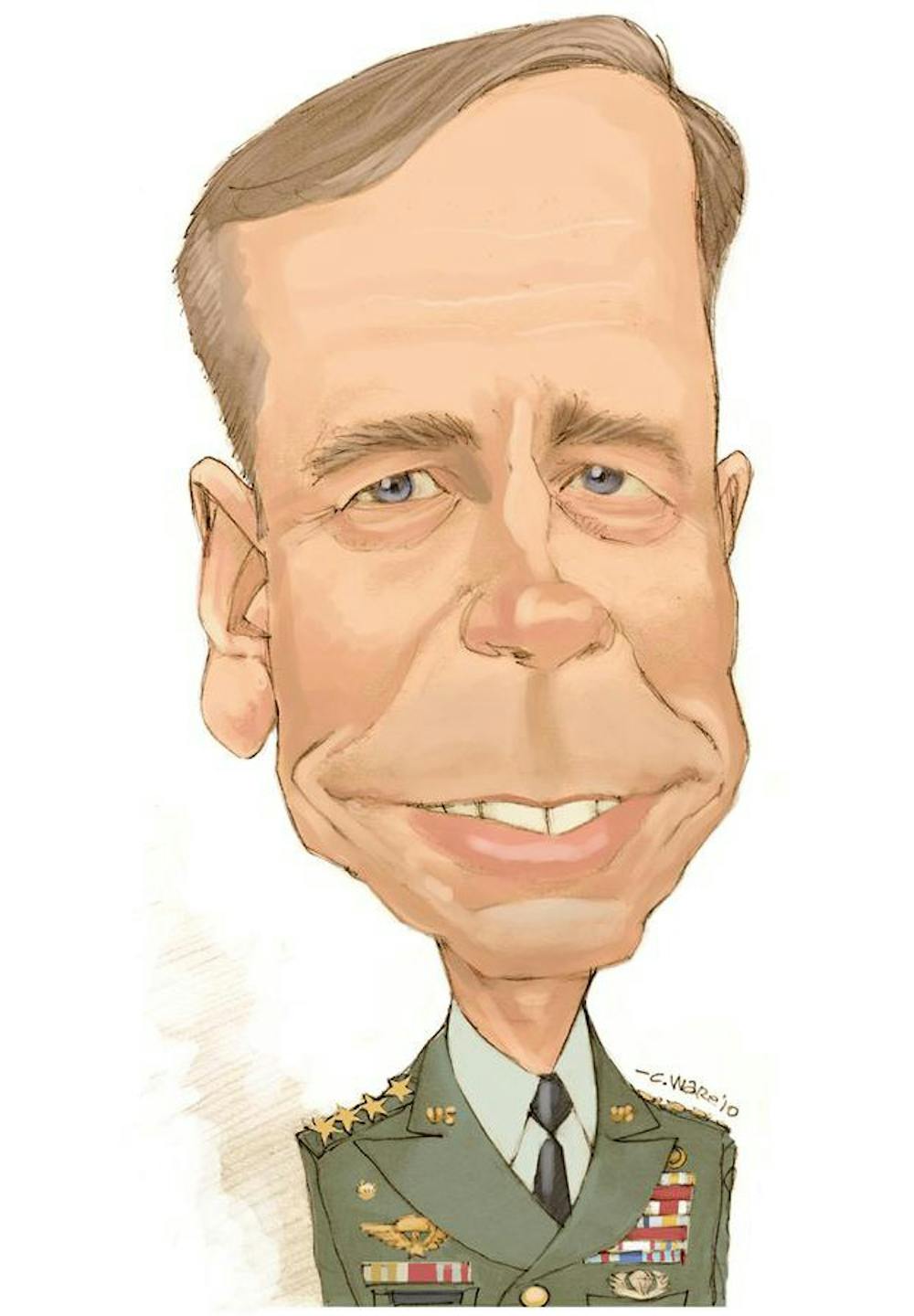When then-Major General David Petraeus commanded the 101st Airborne Division in Mosul, Iraq, the goal wasn’t simply to win classic battlefield victories but to win the “hearts and minds” of the Iraqi people.
Instead of seeking military targets, Petraeus and his men helped rebuild the city, promote local and free elections and install public works projects.
Instead of ordering air strikes on hostile areas, he spent money to restore the University of Mosul, one of the largest research institutions in the Middle East.
It’s a strategy called counter-insurgency, and Petraeus quite literally wrote the book on it.
He developed the basis behind counter-insurgency while a doctoral student at Princeton University. He studied the failures of the United States in the Vietnam War and took a different perspective than many of his colleagues and military teachers at the time.
While the army tended to blame citizen leaders and the press, Petraeus believed a “hearts and minds” campaign was needed to win in an environment like Vietnam or even in Iraq.
Needless to say, this point of view was unpopular with many of his supervisors, who were trying to fight a more traditional war against Saddam Hussein’s regime. In 2005, they sent Petraeus to Kansas to serve as the commanding general of Fort Leavenworth.
There, he helped write U.S. Army Field Manual 3-24, a guide to implementing counter-insurgency techniques in battle.
The Bush administration took his ideas and ran with them, implementing counter-insurgency across Iraq and promoting Petraeus to commanding general of the Multi-National Force.
In the first months of his command, American casualties skyrocketed under what became known as “the surge”. Sending troops into unfriendly neighborhoods in attempts to win their support put Americans in danger. Petraeus gained enemies on the battlefield and in Congress. In 2008, Senators Barack Obama, Joe Biden and Hillary Clinton all interrogated the General in a congressional hearing about the all-time high casualty rates in Iraq.
But things gradually got better. Even at the darkest times, Petraeus kept hope for success in Iraq, and slowly but surely, the situation improved to a point where combat troops were removed from the country in 2010.
“I remember when I was the commander in Baghdad in the first summer of the surge,” Petraeus said in an interview in 2010. “An old mentor of mine came over there, and it was really, really tough. We have forgotten how bad Iraq was, what it was like, in December of 2006, to have 53 — on average — 53 dead bodies every 24 hours just in Baghdad, just from sectarian violence. Here we were in the late spring, early summer, of 2007, and my old mentor put his arm around me and said, ‘Dave, you know, you have a message problem over here.’ And I said, ‘Sir, with respect, we have a results problem here.’”
Petraeus kept the message intact and the results soon followed. Last month passed without a single casualty in Iraq, the first time since the invasion.
Counter-insurgency techniques are still in place in the country and have been implemented in Afghanistan and other places of conflict around the globe.
On Sept. 6, Petraeus started a new job by order of President Obama. He is now the director of the Central Intelligence Agency.
— Charles Scudder
Illustration by Chris Ware | MCT Campus
David
Petraeus

Get stories like this in your inbox
Subscribe





